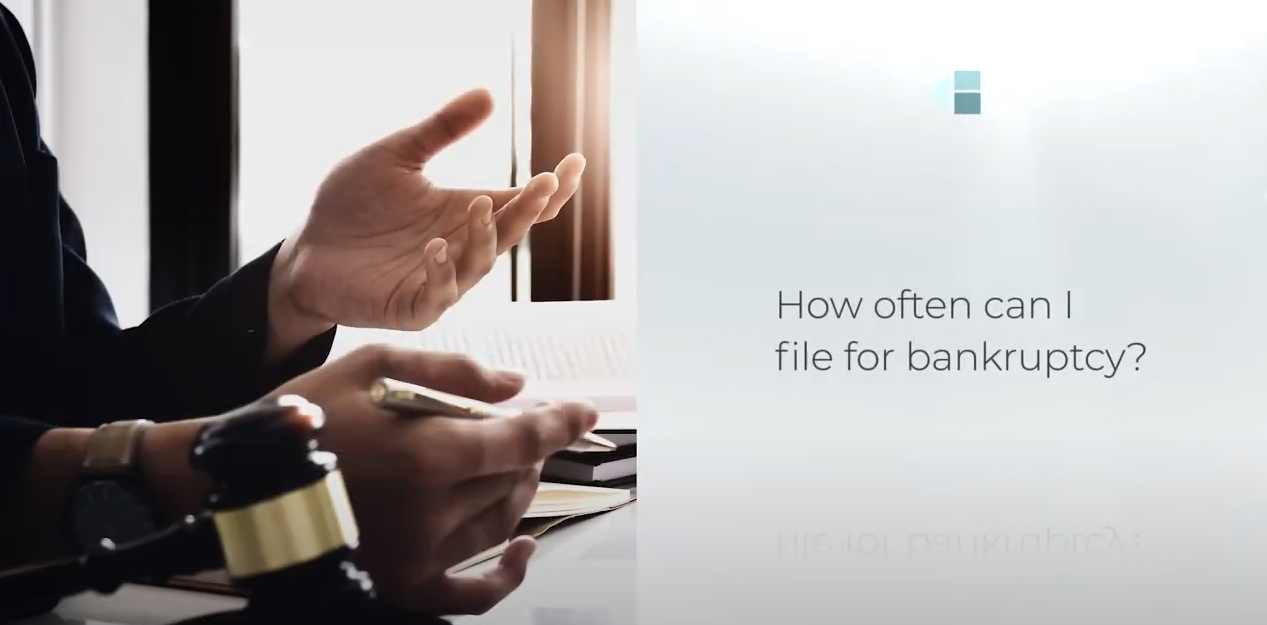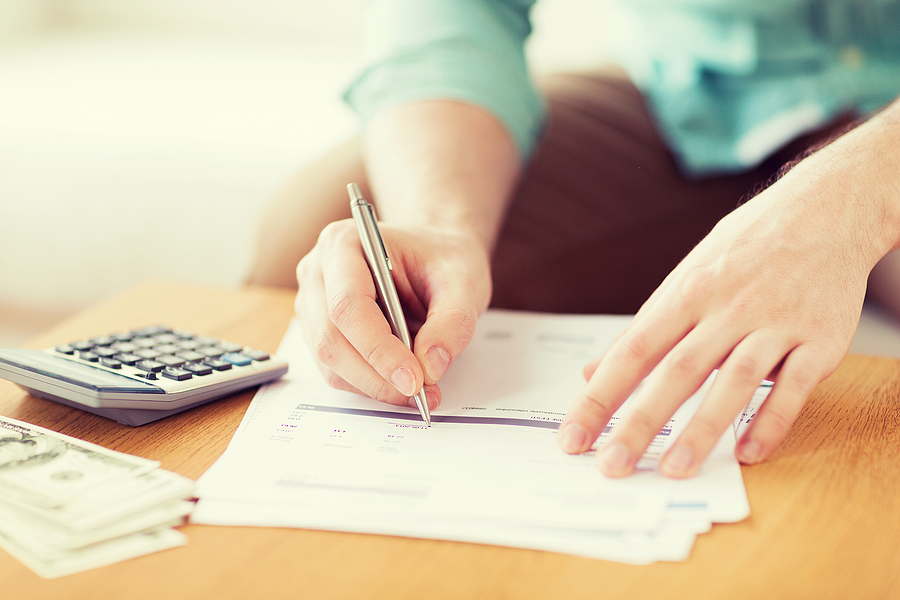According to the Federal Reserve, up to 77% of households in the U.S. have debt, and the amount of debt they have on average is increasing. Getting into debt is often a problem that can take years to get out of, without help. Let’s take a look at why people get into debt and why considering bankruptcy may be a good option to get out of debt.
Unexpected Debts
Unexpected debts are a common way to get into debt. Medical debt is the leading way that this happens. Sudden health problems, even with insurance, can lead to massive medical bills that can take decades to repay fully. Imagine if the main breadwinner of a family gets into a devastating car accident or comes down with a life threatening illness. Liablities can quickly pile up with inadequate insurance coverage, not to mention uncovered expenses like travel expenses.
Loss of a job – again unexpectantly – can throw a family into debt very quickly if a similar paying job is not acquired quickly. With the lack of a reliable source of income, bills that were routinely paid may no longer be paid as families are forced to prioritze basic needs such as food and housing over other bills.
Spending More Than Income or Earnings
When people think about problems with bills, the first thing that comes to mind is people spending more than their income or earnings. On the surface, this seems irresponsible, but people get into credit card debt by charging essentials when their paycheck simply does not stretch and they need to pay for basic essentials. Many of us have seen the rising prices at our grocery stores and retail stores and our pay has not risen concurrently with these increases. Increasing prices contribute to increased credit card use.
Furthermore, we sometimes charge for non-essentials that we enjoy such as dinner out or vacations. You may have good intentions to pay off this debt in a timely manner but then you may have other essential obligations that must be paid and suddenly that vacation from last winter is still not paid off. These forms of debt can quickly spiral out of control, especially when income and earnings do not adjust at the same rate.
Borrowing More Than Can Be Paid Back
Likewise, people in debt often borrow more than they can pay. An example of this is starting a business. People borrow money to start a business, with high hopes of success. But the business does not generate revenue quick enough to start paying off the borrowed amount. It takes time to make a profit, let alone reach a point where loans can be repaid. If the business fails to reach the point of profitability where it enables the owner to pay back what was borrowed, then this debt becomes a big problem.
Loss of Earnings and Changes in Income
Sudden downturns in people’s earnings can also lead to debt. Perhaps your company stops overtime hours which you had gotten used to counting on as part of your income, or your spouse gets laid off. For example, employees getting laid off from work means their income dropped to $0 until they get another job. After going through savings to support them until then, they may need to use credit cards to “live off of” for a time. Trying to catch up on payments while still stretching the paycheck may mean that debt interest accumulates.
Schedule a Consultation With a Minnesota Bankruptcy Lawyer
No matter the reason, there is a way to get out of financial hardships. Your situation is not hopeless. The goal of bankruptcy is to allow our citizens with debts to gain a financial fresh start.
At Kain + Henehan, we take our responsibility to our clients very seriously and handle the situation with the compassion, empathy, and care you deserve. If you are considering bankruptcy to start over financially, discuss your situation with the lawyers of Kain + Henehan. Contact us by calling Kain + Henehan at (612) 438-8006 or filling out our online form to tell us about your situation and how we can help.






